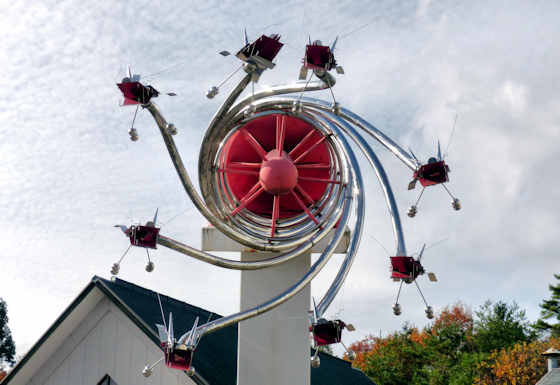The eighth, and what turned out to be the last, matsuri for me in October was at Sano, a village up in the mountains behind Hamada. It was my first time at this matsuri and I accompanied a group of non-Japanese tourists, so the shrine, yet another Hachimangu, was quite crowded.


Because of the foreign guests could only stay a few hours the kagura group chose to play the opening shinji (ritual dances) later and started straight in with the theatrical dances. First up was Tenjin, the deified spirit of Sugawara Michizane a high-ranking courtier and poet who was banished to Kyushu by Fujiwara no Tokihira in 901. Sugawara died shortly thereafter and a series of disasters befell the Fujiwaras and the court and it was decided that Sugawara's vengeful spirit was responsible so he was deified and posthumously elevated in rank.
The dance is primarily a standard fast-paced battle between Sugawara and Tokihira.
The next dance up was everybody's favorite, Orochi, the piece that most typifies what Iwami kagura is all about, color, speed, drama, and excitement. This is usually the finale of a matsuri night of kagura performed at around 5am.
As is typical, only 4 serpents danced instead of the full complement of 8. Space in shrines is usually too small.
Halfway through the serpents gig an old gentlemen walked into the writhing mass and in turn lifted up the head of each dragon and gave the dancer a glass of sake....... no-one seemed to mind.
"I aint afraid of no dragon"
I had hoped to visit at least 12 matsuris this year, but unfortunately scheduling conflicts, the weather, and a trip to Kyushu meant only 8......... still, there is always nect year :)


































